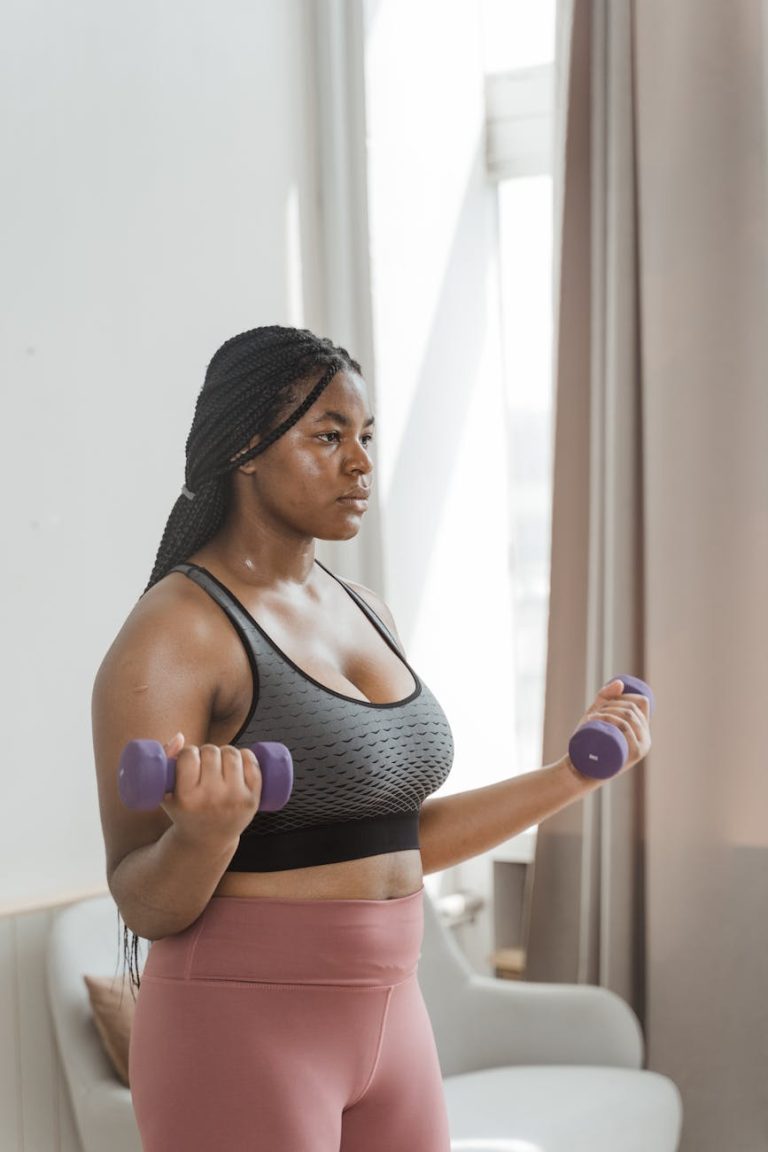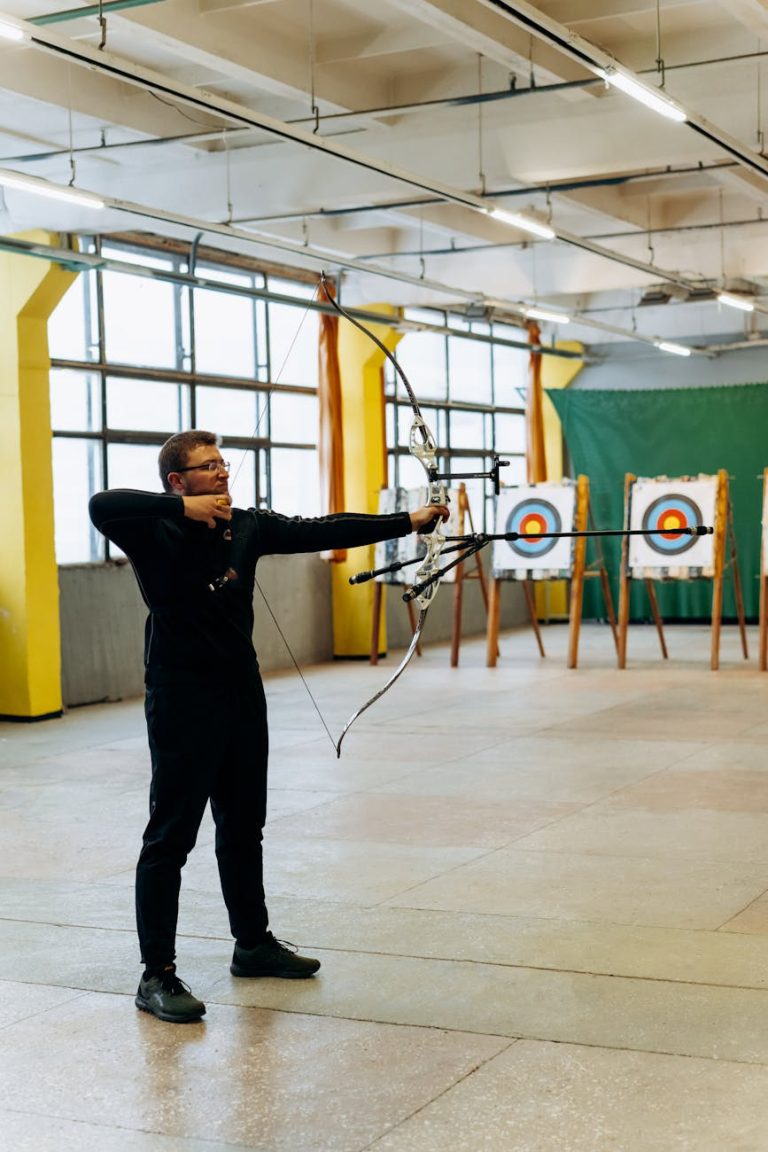
Are you in the market for a new pair of running shoes? With so many options available, choosing the perfect pair can be overwhelming. Fear not! This comprehensive running shoes buying guide will equip you with the best tips to make the perfect pick for your running needs.
Understand Your Running Style
Before you begin your search for the ideal running shoes, it’s essential to understand your running style. Are you a casual jogger, a trail runner, a sprinter, or a marathon enthusiast? Different types of running require different features in a shoe. For instance, trail runners need shoes with excellent traction and stability, while long-distance runners may prioritize cushioning and durability.
Get a Professional Fitting
One of the most critical steps in buying running shoes is getting a professional fitting. Visit a specialty running store where trained staff can assess your gait, foot size, arch type, and running style. This will help determine the right type of running shoe for your specific needs and prevent injuries caused by wearing ill-fitting footwear.
Consider Your Foot Type
Understanding your foot type is another crucial factor when selecting running shoes. There are three common foot types: neutral arch, flat feet, and high arches. Each foot type requires different levels of support and cushioning. For example, individuals with flat feet may need stability shoes with arch support, while those with high arches might benefit from cushioned shoes for shock absorption.
Focus on Fit and Comfort
When trying on running shoes, always prioritize fit and comfort over style. Your running shoes should feel snug but not tight, with enough room in the toe box to wiggle your toes. Walk or jog around the store to test the shoes’ comfort and support. Remember, running shoes should provide adequate cushioning, stability, and flexibility to enhance your running experience and minimize the risk of injuries.
Choose the Right Cushioning
The level of cushioning in running shoes plays a significant role in impact absorption and comfort. Some runners prefer minimal cushioning for a more natural feel, while others opt for maximum cushioning to reduce impact on joints. Consider your running surface and personal preferences when selecting the right cushioning level for your running shoes.
Select the Appropriate Shoe Type
Running shoes come in various types, including neutral shoes, stability shoes, motion control shoes, and minimalist shoes. Neutral shoes are suitable for runners with a neutral gait, while stability shoes offer extra support for overpronators. Motion control shoes are designed for severe overpronation, and minimalist shoes provide a barefoot-like running experience. Choose the shoe type that best suits your running style and foot biomechanics.
Check for Breathability and Durability
When buying running shoes, look for breathable materials that allow air circulation to keep your feet cool and dry during runs. Additionally, consider the shoe’s durability to ensure it can withstand the wear and tear of regular use. Quality running shoes should provide both breathability and durability to enhance performance and longevity.
Test Before You Buy
Before making a purchase, always test your chosen running shoes in-store or on a treadmill, if possible. Pay attention to how the shoes feel while running, walking, and making quick movements. Ensure there are no pressure points, rubbing, or discomfort. Testing the shoes beforehand will help you make an informed decision and avoid purchasing the wrong pair.
Conclusion
Choosing the perfect pair of running shoes is crucial for your comfort, performance, and overall running experience. By following the tips outlined in this running shoes buying guide, you can confidently select the best shoes for your running needs. Remember to prioritize fit, comfort, support, and durability when making your final decision. Happy running!




